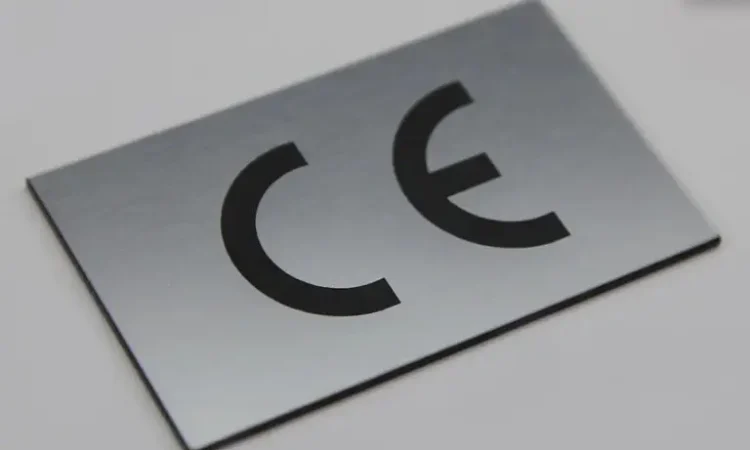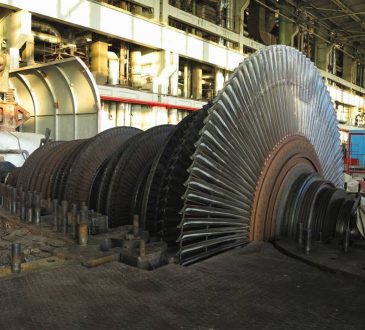
Ever wondered what the little “CE” symbol on your electronics or kids’ toys means? It’s more than just a logo; it’s a marker of a product’s safety and a key to accessing one of the world’s largest consumer markets. For anyone from a curious shopper to a global manufacturer, understanding this mark is a good idea. Let’s break down what CE marking really means, why it matters, and how companies can navigate the process to ensure their products are safe and in line with regulations.
What Is CE Marking and Why Does It Matter?
The acronym CE stands for Conformité Européenne—a French phrase that translates to “European Conformity.” At its core, the CE mark is a declaration by a product’s manufacturer that the item meets a range of strict health, safety, and environmental standards set by the European Union. Think of it as a product’s passport, allowing it to move freely and be sold throughout the European Economic Area (EEA), which includes all EU countries plus Iceland, Liechtenstein, and Norway.
For consumers, seeing the CE mark offers a sense of security and trust. It shows that the product has gone through a careful process to make sure it’s safe to use. For companies, a CE mark is not just a quality badge; it’s a necessary requirement for many products they want to sell in Europe. Failure to comply can lead to significant penalties, product recalls, or even being barred from the market entirely.
CE Marking vs. Other Certifications: What’s the Difference?
You’ve probably seen other symbols like UL or CSA. While they all relate to product safety or quality, the CE mark is special because of its legal and geographical standing. Certifications like UL (Underwriters Laboratories) or CSA (Canadian Standards Association) are focused on the North American market and are often voluntary. They indicate a product has been tested to meet specific safety standards.
In contrast, the CE mark is mandatory for a wide variety of goods sold in the EEA, including everything from electronics and machinery to medical devices and toys. It’s a legal requirement, not an optional seal of approval. This difference is a major point for any business with ambitions of selling in the European market.
The CE Marking Process: A Step-by-Step Guide
The path to getting a CE mark can seem difficult, but it’s a step-by-step process that helps manufacturers ensure their products are safe from the design phase all the way to the market.
From Assessment to Certification: The Pathway
The process begins with a conformity assessment. This is a thorough evaluation by the manufacturer to determine which EU rules and standards apply to their product. For lower-risk items, this might be a self-assessment. However, for products with a higher risk—like certain types of machinery or medical equipment—the manufacturer must involve a Notified Body. These are independent organizations designated by EU countries to perform compliance checks and testing. They provide a second set of eyes, making sure products meet the necessary safety requirements.
Once the assessments are complete, the manufacturer must put together a detailed technical file. This is a document that proves the product’s compliance. It includes design details, manufacturing plans, risk assessments, and test results.
The Power of Documentation
At the heart of the technical file is the Declaration of Conformity. This legal document, signed by the manufacturer, officially states that the product meets all relevant EU requirements. Think of it as the final approval before the CE mark can be affixed. Many companies underestimate the value of careful documentation, which can lead to big delays and problems. A well-organized technical file makes the journey easier.
Common Mistakes to Avoid
Navigating the CE marking process has its challenges. Here are some of the most common mistakes companies make:
- Misjudging the difficulty: Many businesses fail to grasp the full range of rules and regulations that apply to their product. A seemingly small oversight can have big consequences.
- Trying to do it alone for high-risk products: Relying only on a self-assessment for a product that needs a Notified Body’s involvement is a risky move. This is one area where spending the money on expert help is a good investment.
- Neglecting ongoing compliance: The job is not done once the mark is on the product. Companies must be prepared for market surveillance, where regulators randomly check products to make sure they still comply. Failure to keep up with rule changes or product modifications can lead to serious penalties.
Beyond the Mark: The Future of CE Compliance
The world of product regulation is always changing, and the CE marking framework is no exception. Recent trends and world events are adding new aspects to the compliance landscape.
Post-Brexit Changes
The UK’s departure from the EU has introduced a new marking system, the UKCA (UK Conformity Assessed) mark. This means that companies wishing to sell in both the EU and the UK must now follow two separate sets of rules. This can be a time-consuming process, but it’s important for staying in both markets.
The Green Revolution
As sustainability becomes a global focus, the CE marking framework is adapting. The EU is paying more attention to the environmental impact of products. Future rules may include stronger requirements for energy efficiency and recycling. For manufacturers, this means building sustainability into their products from the very start, not as an afterthought.
The Role of New Technology
Technologies like Artificial Intelligence (AI) and the Internet of Things (IoT) are changing the way things are done. While they can help make compliance processes simpler by providing real-time data analysis, they also create new regulatory issues. As products become more interconnected and “smart,” new standards will be needed to handle the specific safety and security risks they pose. Keeping up with these changes will be key for companies that want to innovate and grow.
CE marking is a cornerstone of product safety and a key part of global trade. By understanding its requirements, keeping thorough documentation, and staying ahead of changing trends, manufacturers can not only ensure they are in compliance but also build a good name for quality and safety with consumers everywhere.




